
Reno Stead Airport is a large public and military general aviation airport located in the North Valleys area, 10 nautical miles (19 km) northwest of the central business district of Reno, in Washoe County, Nevada, United States. A former military installation until 1966, when it was known as Stead Air Force Base, the airport's sole remaining military presence consists of an Army Aviation Support Facility and the 189th General Support Aviation Battalion of the Nevada Army National Guard, flying CH-47 Chinook helicopters. The airport is owned by the Reno Tahoe Airport Authority. The National Plan of Integrated Airport Systems for 2011–2015 categorized it as a general aviation reliever airport.
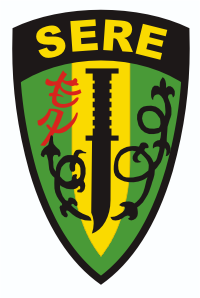
Survival, Evasion, Resistance, and Escape (SERE) is a training program, best known by its military acronym, that prepares U.S. military personnel, U.S. Department of Defense civilians, and private military contractors to survive and "return with honor" in survival scenarios. The curriculum includes survival skills, evading capture, application of the military code of conduct, and techniques for escape from captivity. Formally established by the U.S. Air Force at the end of World War II and the start of the Cold War, it was extended to the Navy and United States Marine Corps and consolidated within the Air Force during the Korean War with greater focus on "resistance training."
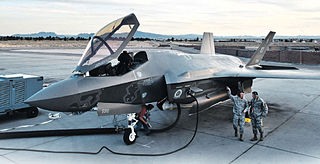
The 99th Air Base Wing is a United States Air Force unit assigned to the Air Combat Command (ACC) and its ACC subordinate organization, the United States Air Force Warfare Center. It is based at Nellis Air Force Base, Nevada and also serves as the host wing at Nellis.
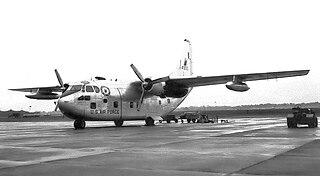
The 309th Maintenance Wing is an inactive wing of the United States Air Force last based at Hill Air Force Base, Utah. On July 12, 2012 it was inactivated and its function became part of the Ogden Air Logistics Complex.
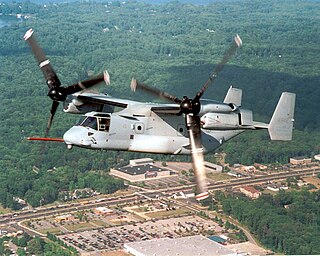
The 18th Special Operations Test and Evaluation Squadron is a squadron of the United States Air Force based at Hurlburt Field, Florida, which performs field tests of aircraft for Air Force Special Operations Command. The squadron evaluates aircraft, equipment and tactics in realistic battlespace environments to provide decision makers with accurate, timely and complete assessments of mission capability. From concept development to system fielding, the unit's mission improves the survivability and combat capability of special operations forces worldwide.

The 966th Airborne Air Control Squadron is an active United States Air Force unit is assigned to the 552d Training Group, 552d Air Control Wing at Tinker Air Force Base, Oklahoma. It operates the E-3 Sentry (AWACS) aircraft conducting airborne command and control missions.

The 970th Airborne Air Control Squadron is part of the 513th Air Control Group at Tinker Air Force Base, Oklahoma. It operates the Boeing E-3 Sentry aircraft conducting airborne command and control missions.

The 48th Rescue Squadron is part of the 563d Rescue Group at Davis–Monthan Air Force Base, Arizona. PJs/CROs fly on HH-60 Pave Hawk and HC-130 aircraft to conduct combat rescue and search and rescue missions.

The 92nd Air Refueling Squadron, sometimes written as 92d Air Refueling Squadron, is a squadron of the 92nd Air Refueling Wing's 92nd Operations Group, stationed at Fairchild Air Force Base, Washington. It was first activated shortly before the entry of the United States into World War II as the 2nd Reconnaissance Squadron. After training in the Douglas B-18 Bolo in the southeastern United States, the squadron moved to the Pacific Coast after the Japanese attack on Pearl Harbor and participated in antisubmarine patrols with the Consolidated B-24 Liberator. In April 1942, it was redesignated the 392nd Bombardment Squadron. Starting in mid-1942, it also began training crews on the Liberator. It ended these operations in July 1943 and began to prepare for overseas movement. After three months of training, the squadron moved to the Central Pacific, where it flew its first combat mission in November. The 392nd continued combat operations until March 1945, when it was withdrawn and moved to Hawaii, where it conducted routine training and patrol operations until it was inactivated in November 1945.

The 93rd Air Refueling Squadron is an active United States Air Force unit, stationed at Fairchild Air Force Base, Washington, where it is assigned to the 92nd Operations Group and operates the Boeing KC-135 Stratotanker aircraft conducting air refueling missions.

The 336th Air Refueling Squadron is a United States Air Force Reserve squadron, assigned to the 452d Operations Group, stationed at March Joint Air Reserve Base, California. The squadron shares its aircraft and facility with the 912th Air Refueling Squadron, a USAF Associate Unit assigned to the 92d Air Refueling Wing.
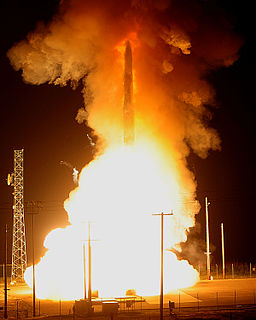
The 319th Missile Squadron is a United States Air Force unit assigned to the 90th Operations Group at Francis E. Warren Air Force Base, Wyoming. The squadron is equipped with the LGM-30G Minuteman III intercontinental ballistic missile, with a mission of nuclear deterrence. It is the flagship squadron of the 90th Missile Wing.

The 320th Missile Squadron is a United States Air Force unit. It is assigned to the 90th Operations Group, stationed at F.E. Warren AFB, Wyoming. The 320 MS is equipped with the LGM-30G Minuteman III Intercontinental ballistic missile (ICBM), with a mission of nuclear deterrence.

The 321st Missile Squadron is a United States Air Force unit. It is assigned to the 90th Operations Group, stationed at Francis E. Warren Air Force Base, Wyoming. The squadron is equipped with the LGM-30G Minuteman III Intercontinental ballistic missile (ICBM). Their mission is to operate safe and secure nuclear weapons, maintain mission ready facilities, and on order destroy OPLAN assigned targets.
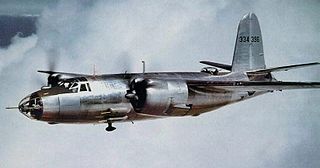
The III Bomber Command is a disbanded United States Air Force headquarters. It was established in September 1941, shortly before the attack on Pearl Harbor to command bomber units assigned to 3rd Air Force. Following the entry of the United States into World War II, it flew patrols off the south Atlantic and Gulf coasts. However, its main efforts soon began organizing and training medium bomber units and aircrews. Its last assignment was with Third Air Force at MacDill Field, Florida. It was inactivated on 8 April 1946 and disbanded in October 1948.

The 22nd Training Squadron is a United States Air Force unit stationed at Fairchild Air Force Base, Washington. Its mission is Survival, Evasion, Resistance and Escape training. The squadron is assigned to the 336th Training Group of Air Education and Training Command.

The 482d Operations Group is a United States Air Force Reserve unit assigned to the 482d Fighter Wing. It is stationed at Homestead Air Reserve Base, Florida.
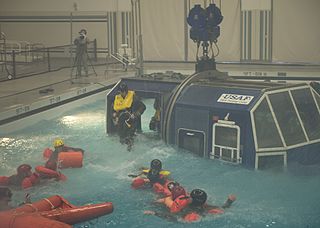
The 66th Training Squadron is an active unit of the United States Air Force. Its current assignment is with the 336th Training Group at Fairchild Air Force Base where is performs the training for the SERE instructor course for the USAF.

The 541st Bombardment Squadron is the former name of the 541st Special Operations Squadron, an inactive United States Air Force (USAF) unit. During World War II the 541st served as a heavy bomber training unit until inactivated in a general reorganization of Army Air Forces training units. The squadron was redesignated in 1985, when it was consolidated with two other units.

The 17th Training Squadron is an inactive United States Air Force unit. The squadron performed water survival training in Florida from 1971 until it was inactivated in 1997.





















